Special “Glowing Features” Create Atomic Slime!
Now available in a classroom kit!
Experience instant String Slime in a variety of new colorings, better reaction time, and slimier insides! The only thing better than mixing up a batch of our ooey, gooey, String Slime is making a batch of glow-in-the-dark “Atomic” String Slime! We’ve added a special dye to our best-selling String Slime to make strings that glow brightly under black light. Just mix the Activator with water, squirt in the String Slime liquid, turn on a black light, and wait for the oohs and ahhs to begin. The Atomic String Slime looks like liquid light when it touches the Activator Solution. Kids and adults alike will be mesmerized by this delightfully gooey, glow-in-the-dark science adventure that is perfect for Halloween, but great anytime of year!
For teachers, parents, grandparents, and all-around science adults
We haven’t forgotten about the new STEM and STEAM initiatives you’ve been hearing about in our schools, bringing Science, Technology, Engineering, (Art), and Math together to make young scientists into real thinkers! Look what your young scientist integrated into the Atomic String Slime activities.
What does it teach?
Atomic String Slime is a great way to introduce students to the chemistry behind polymers. String Slime is a long chain of molecules called a polymer. When the String Slime liquid comes in contact with the Activator, it immediately changes from a liquid to a solid! That’s because the Activator acts like a cross-linking solution that links the long strands of polymers in the liquid together.



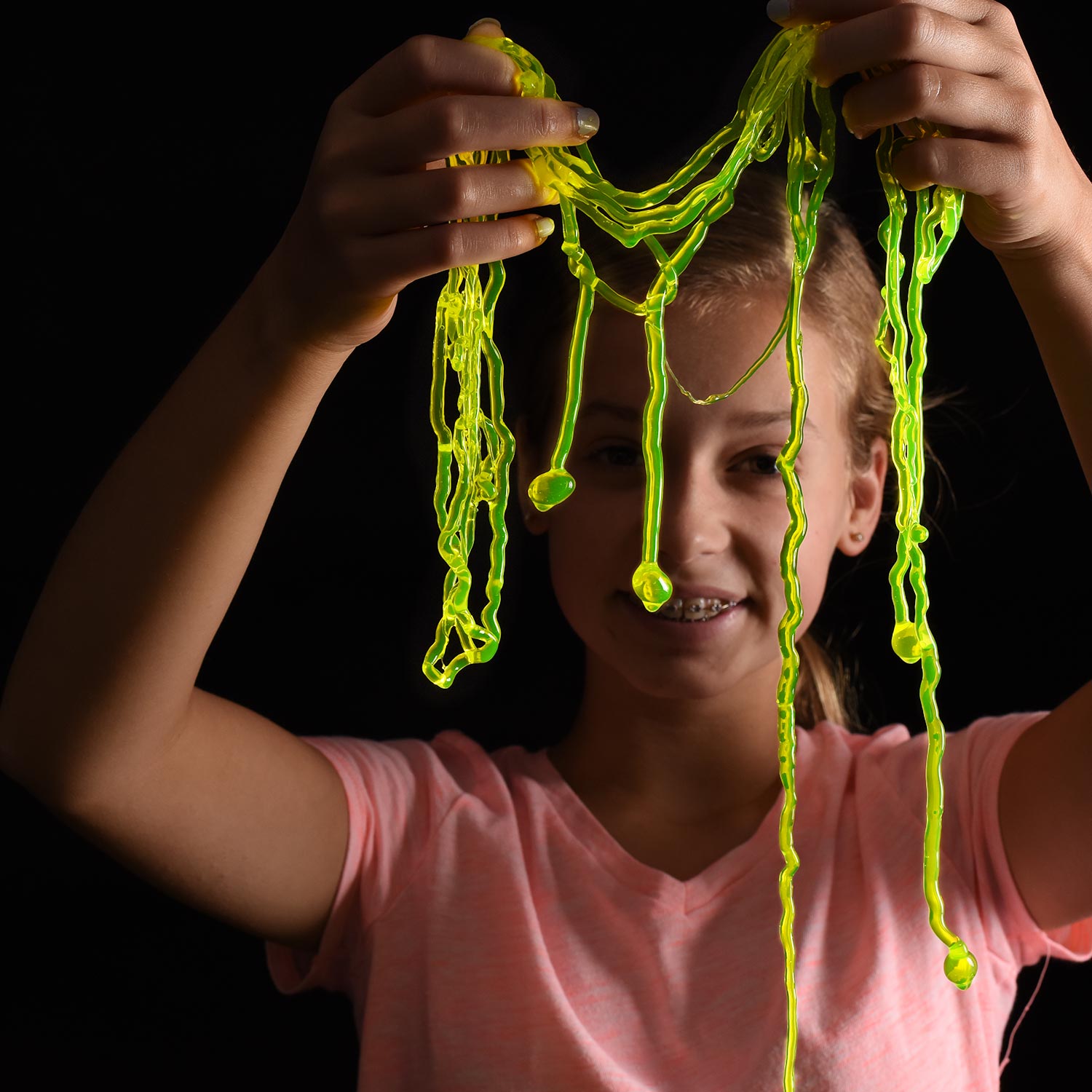
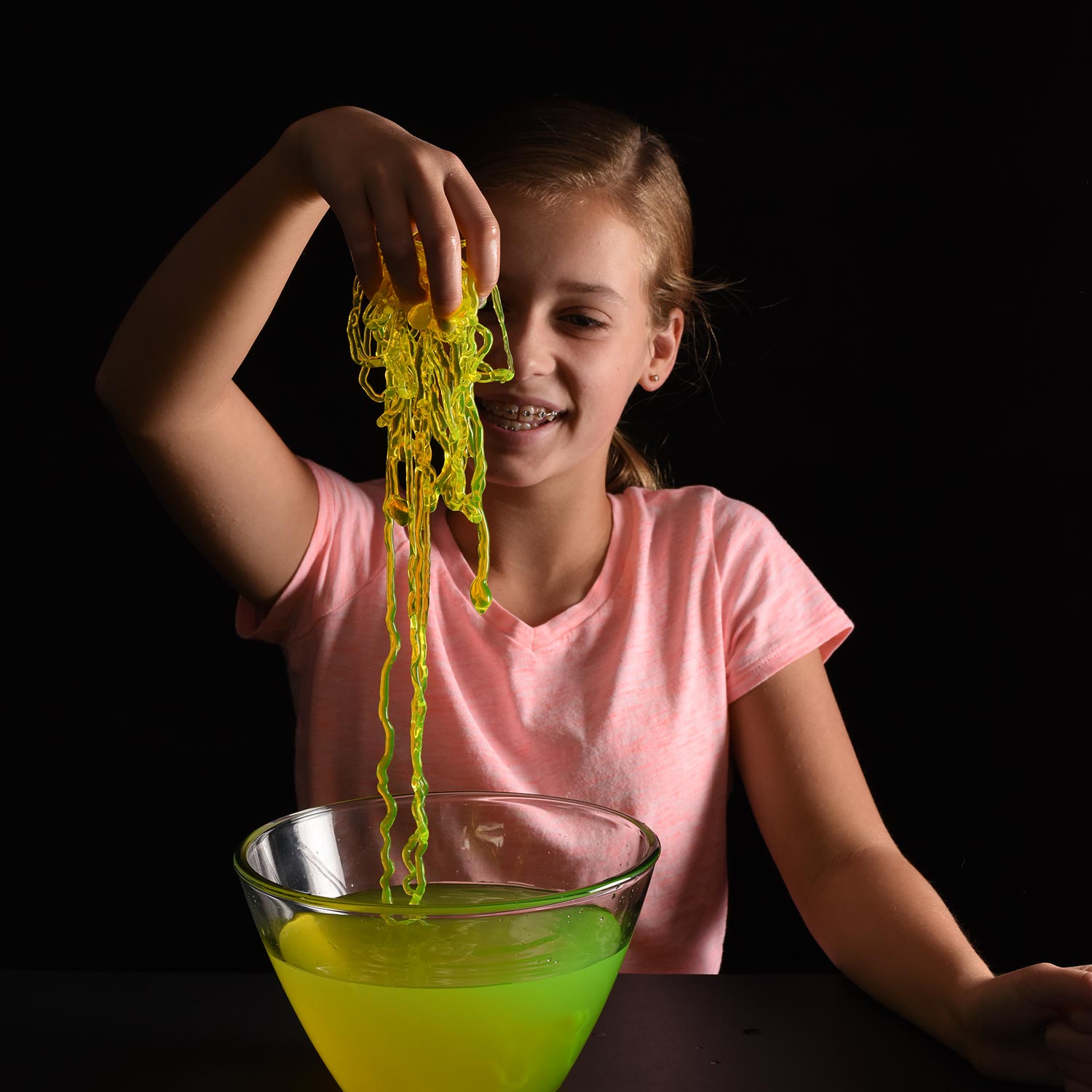
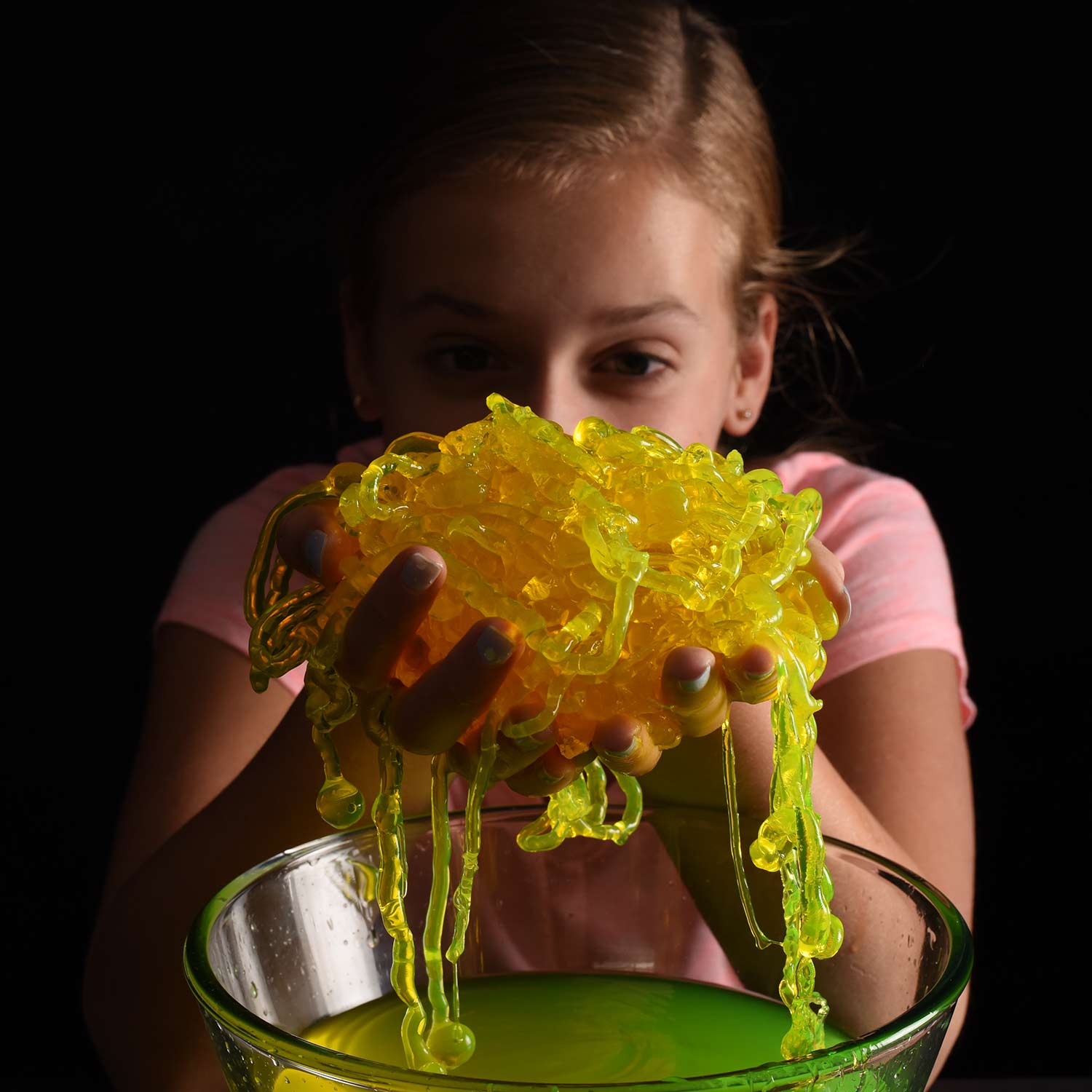

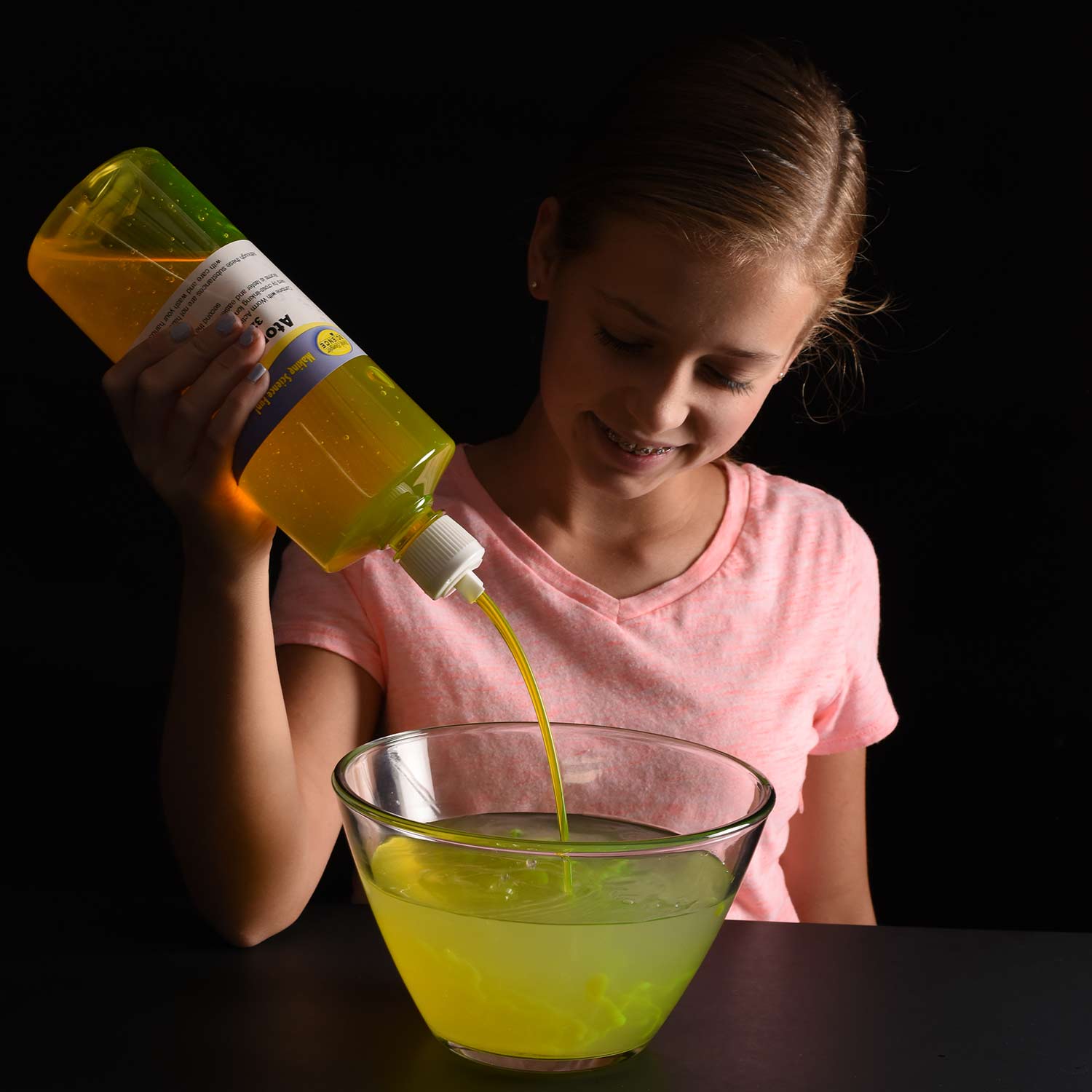
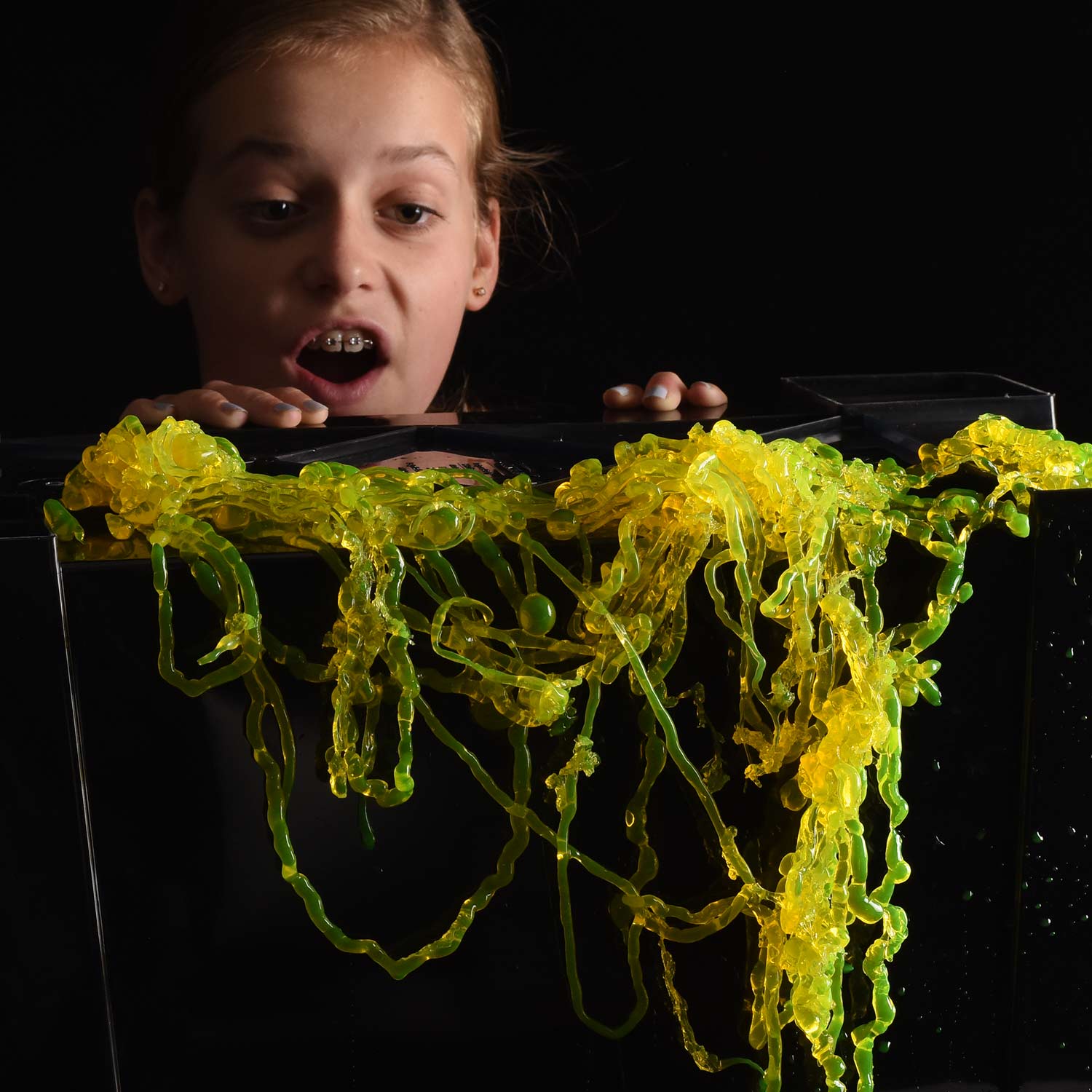

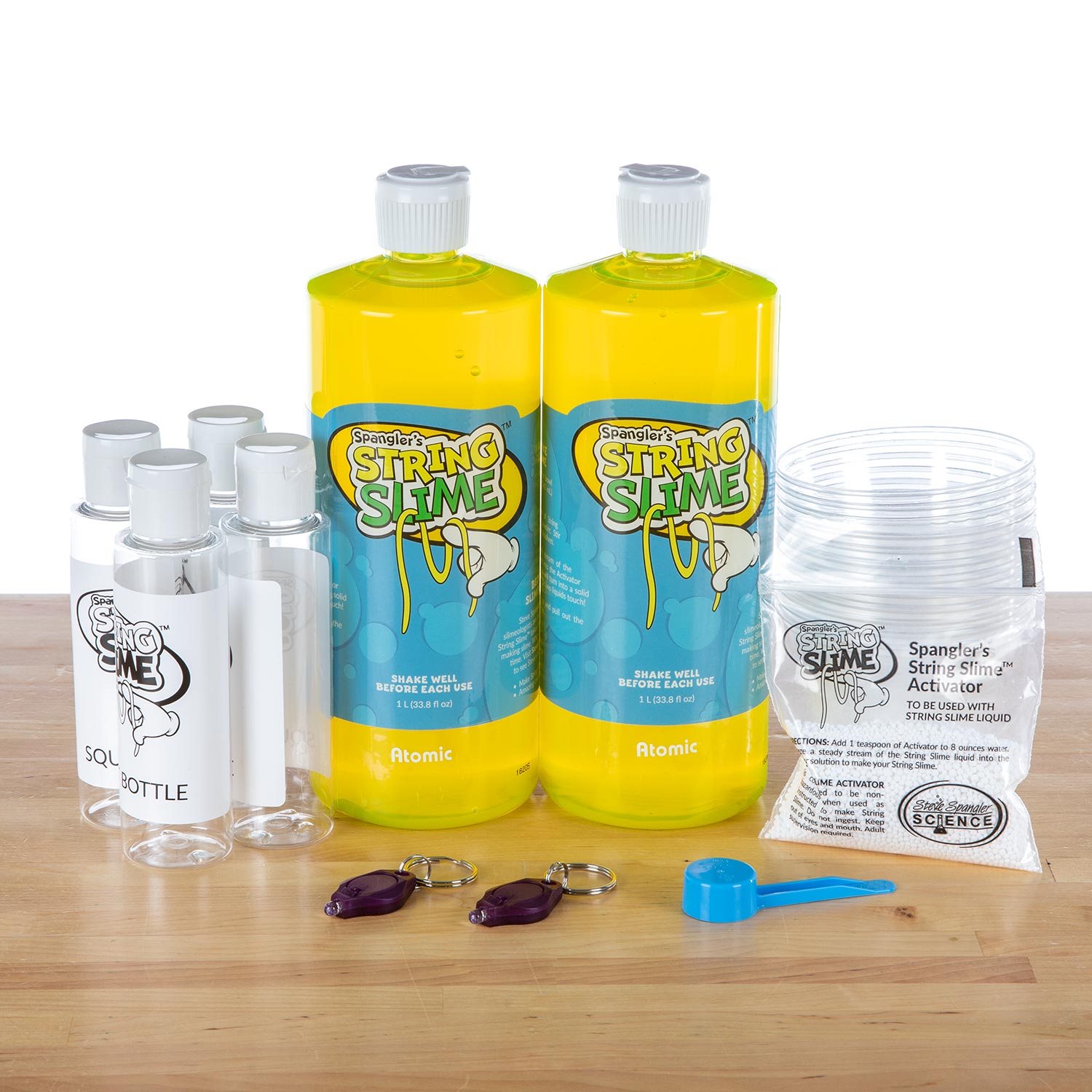
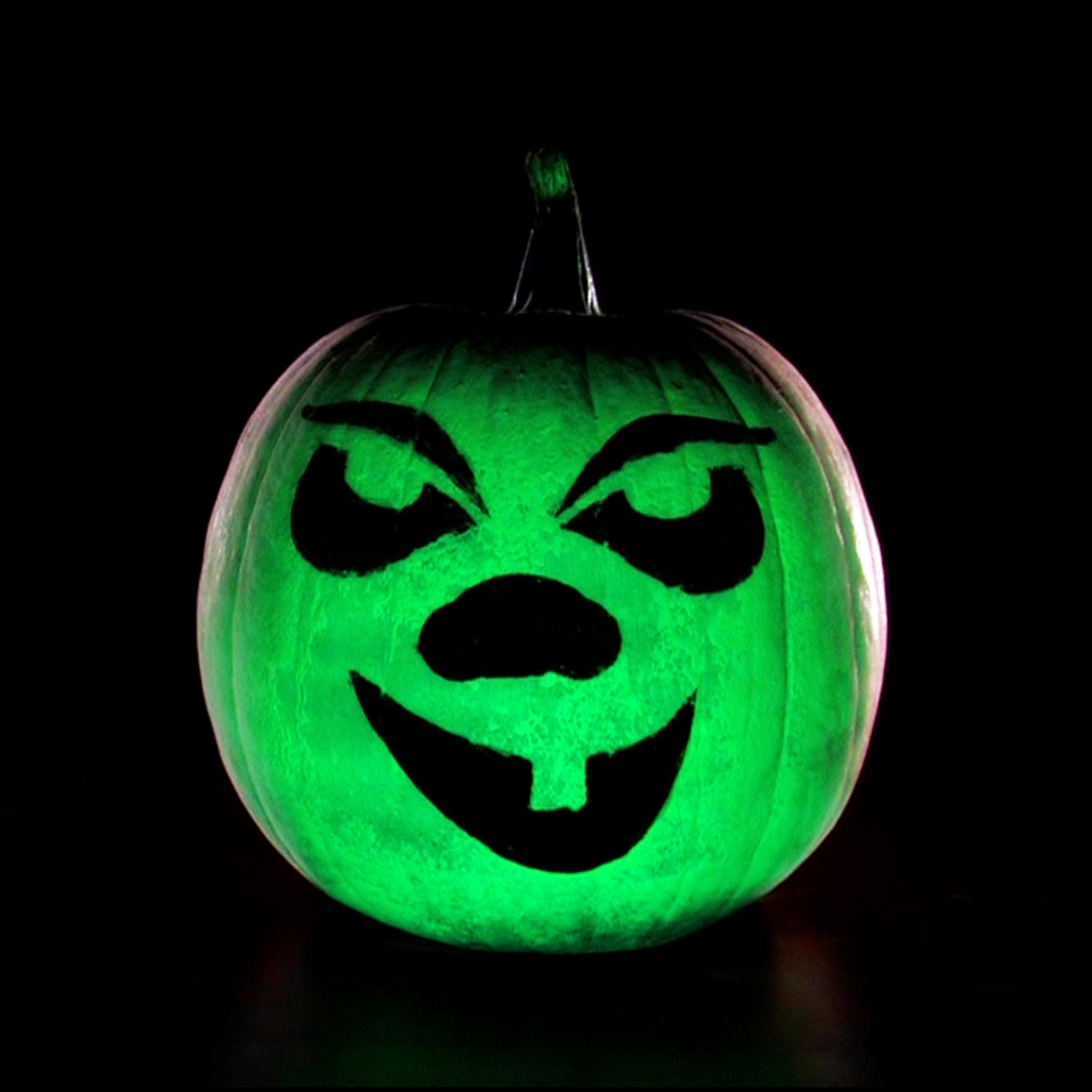


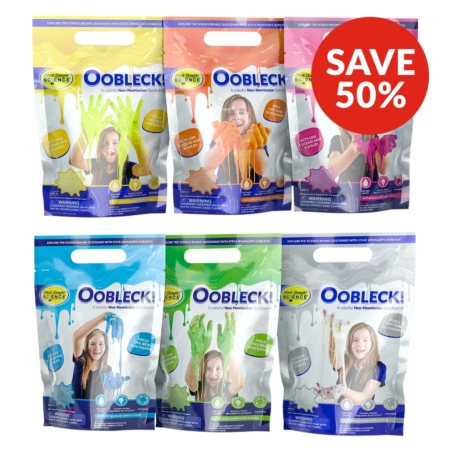
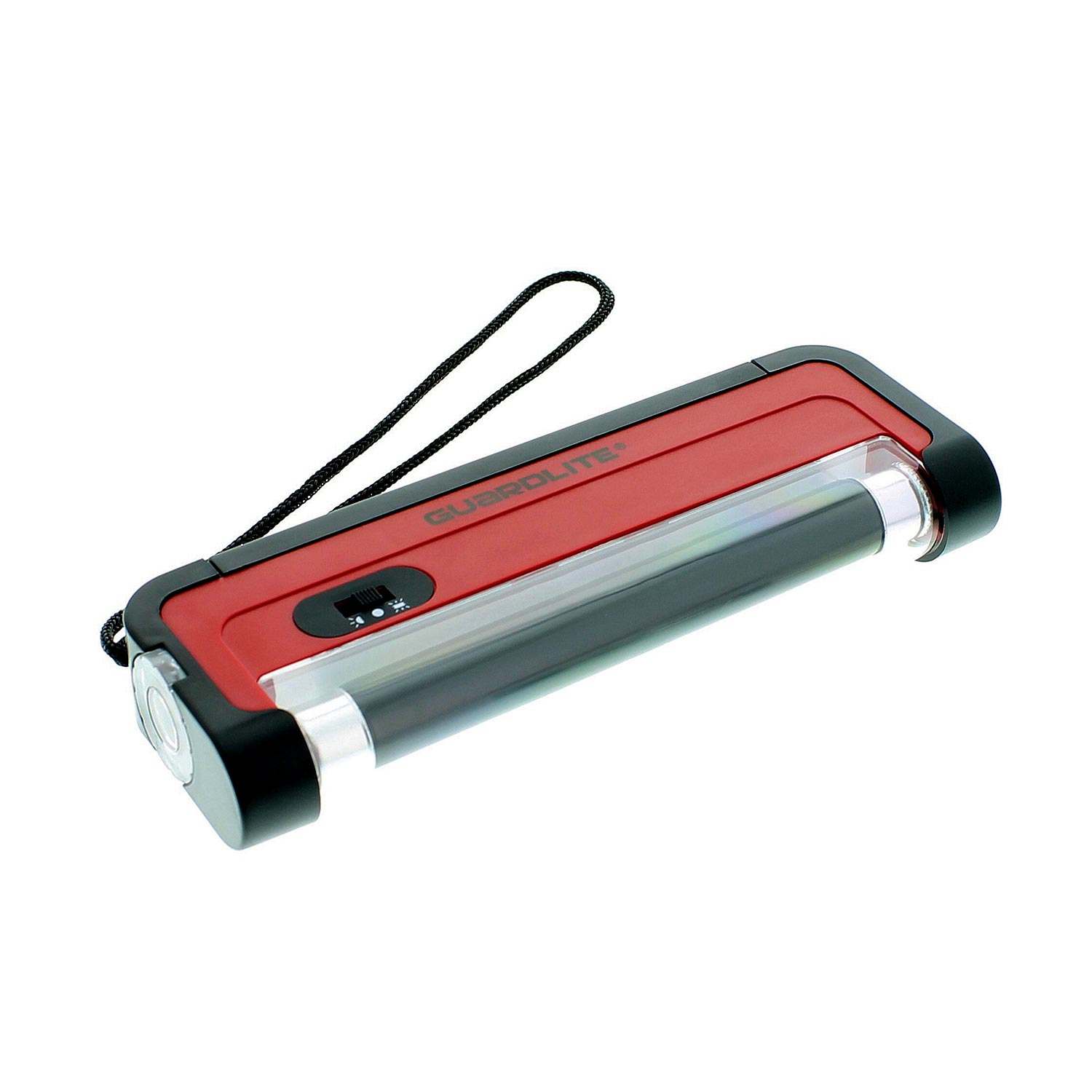
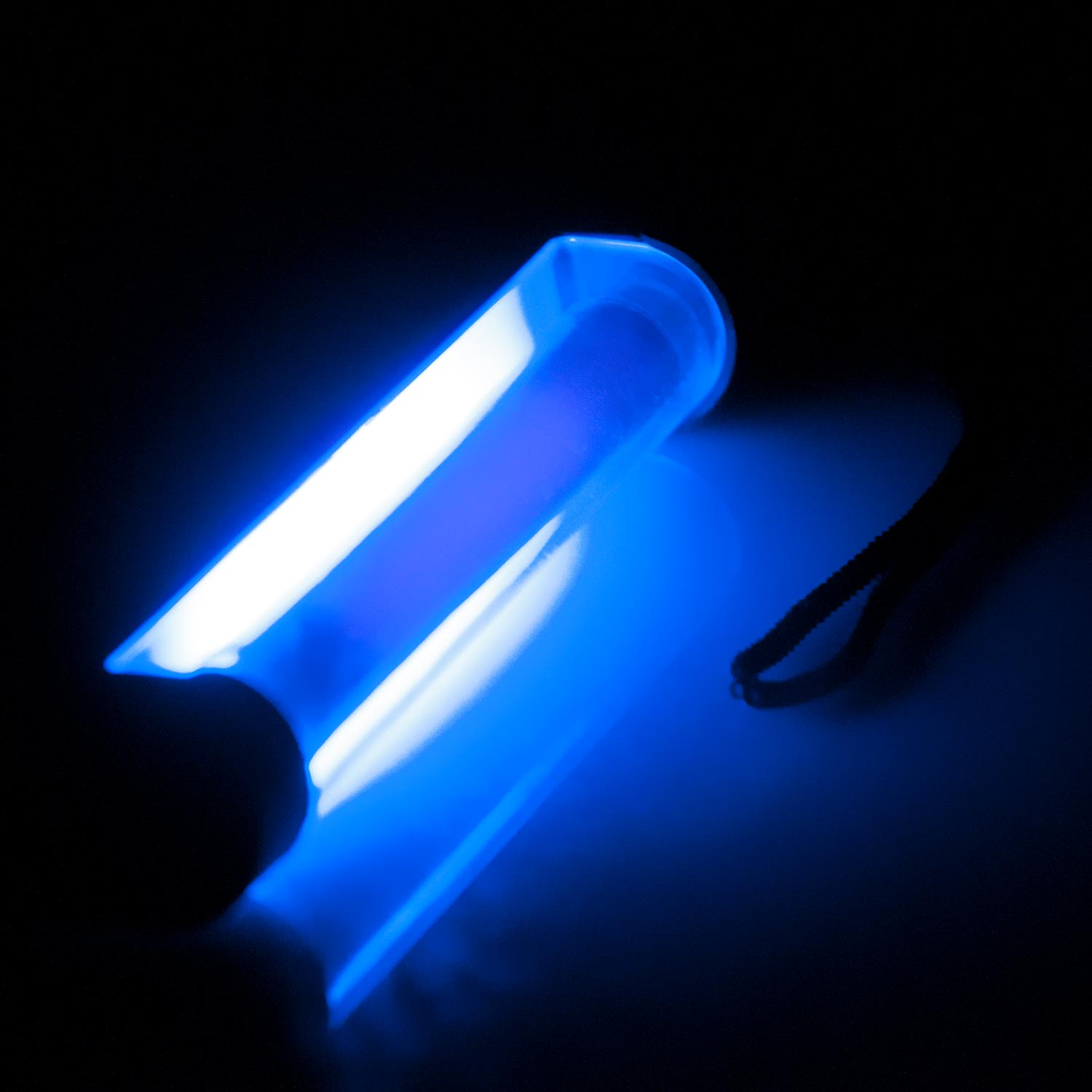
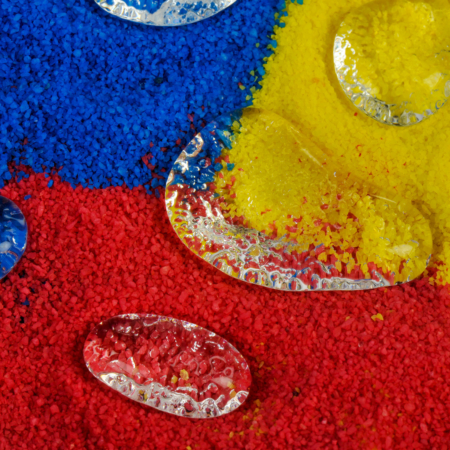
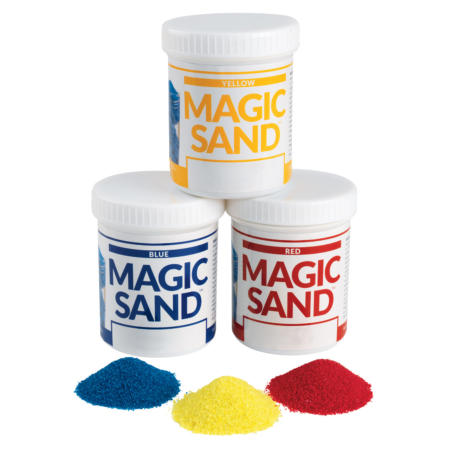
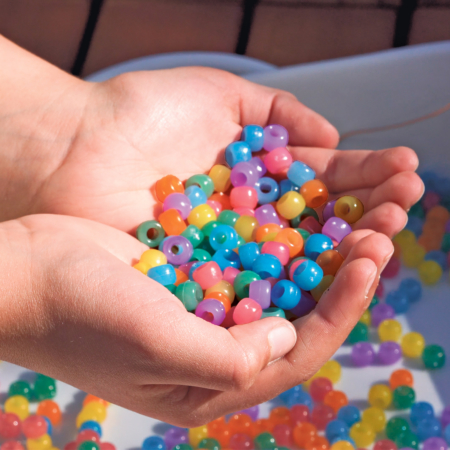

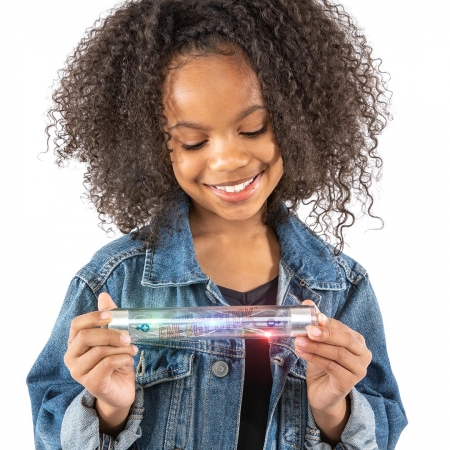
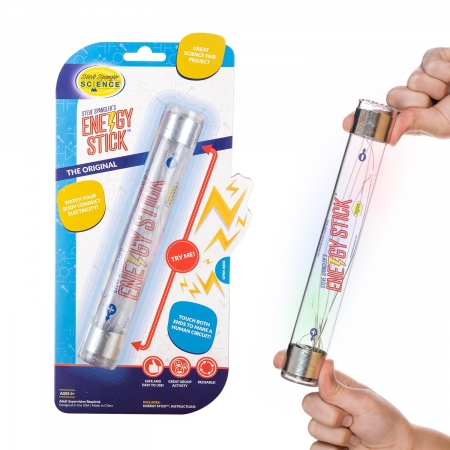
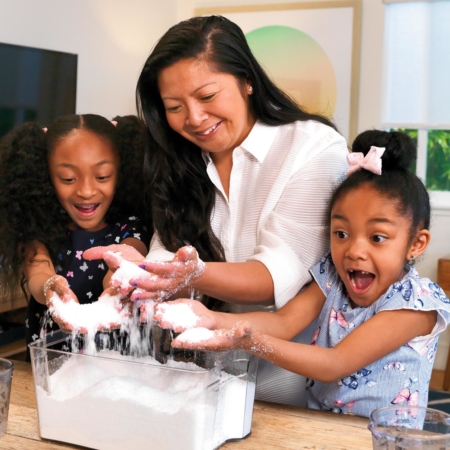
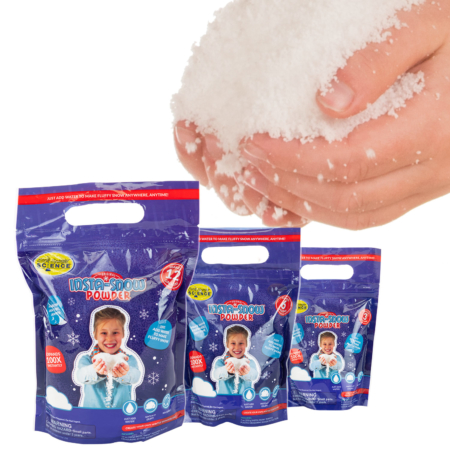


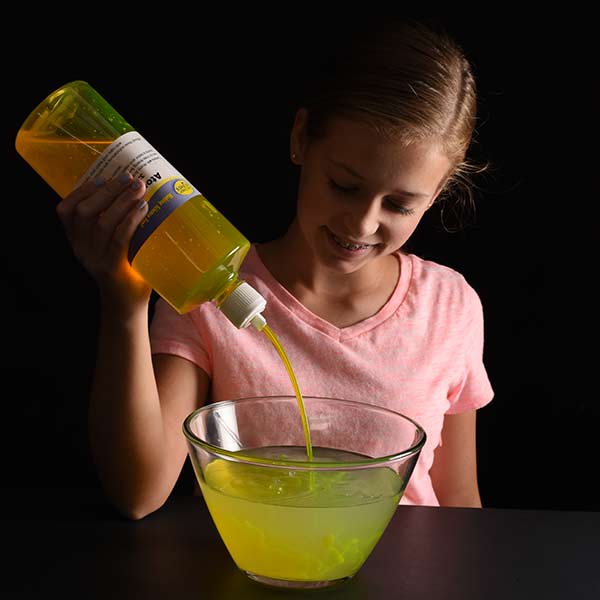
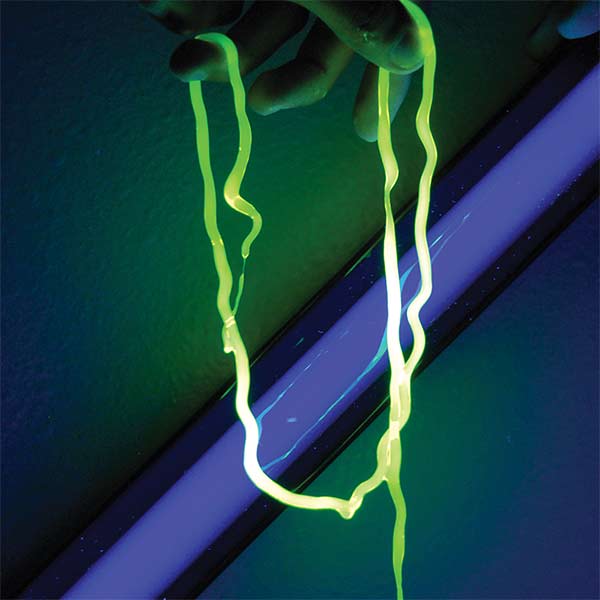
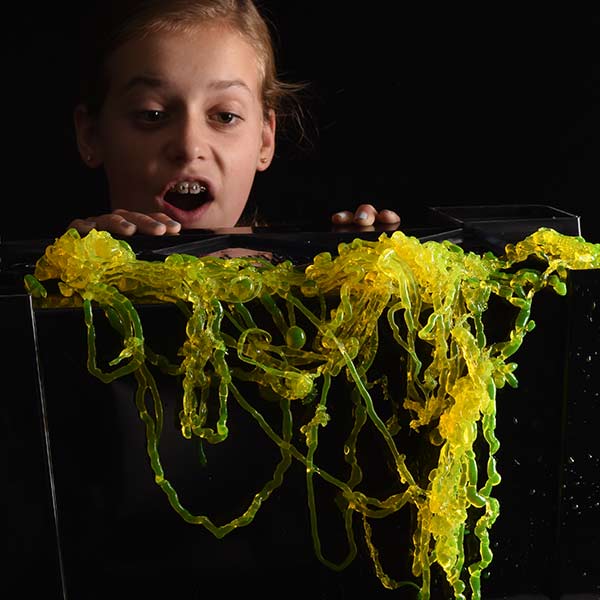


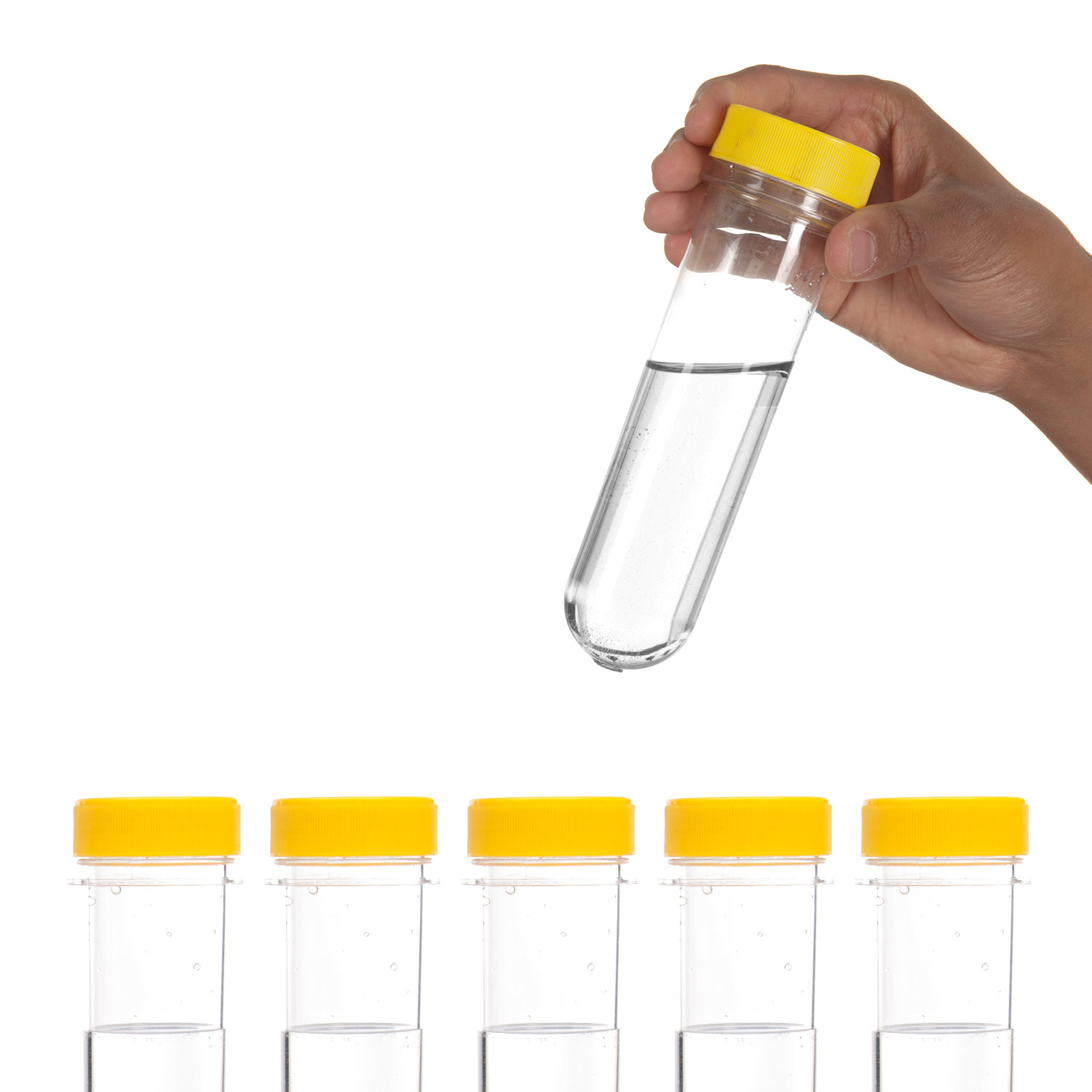
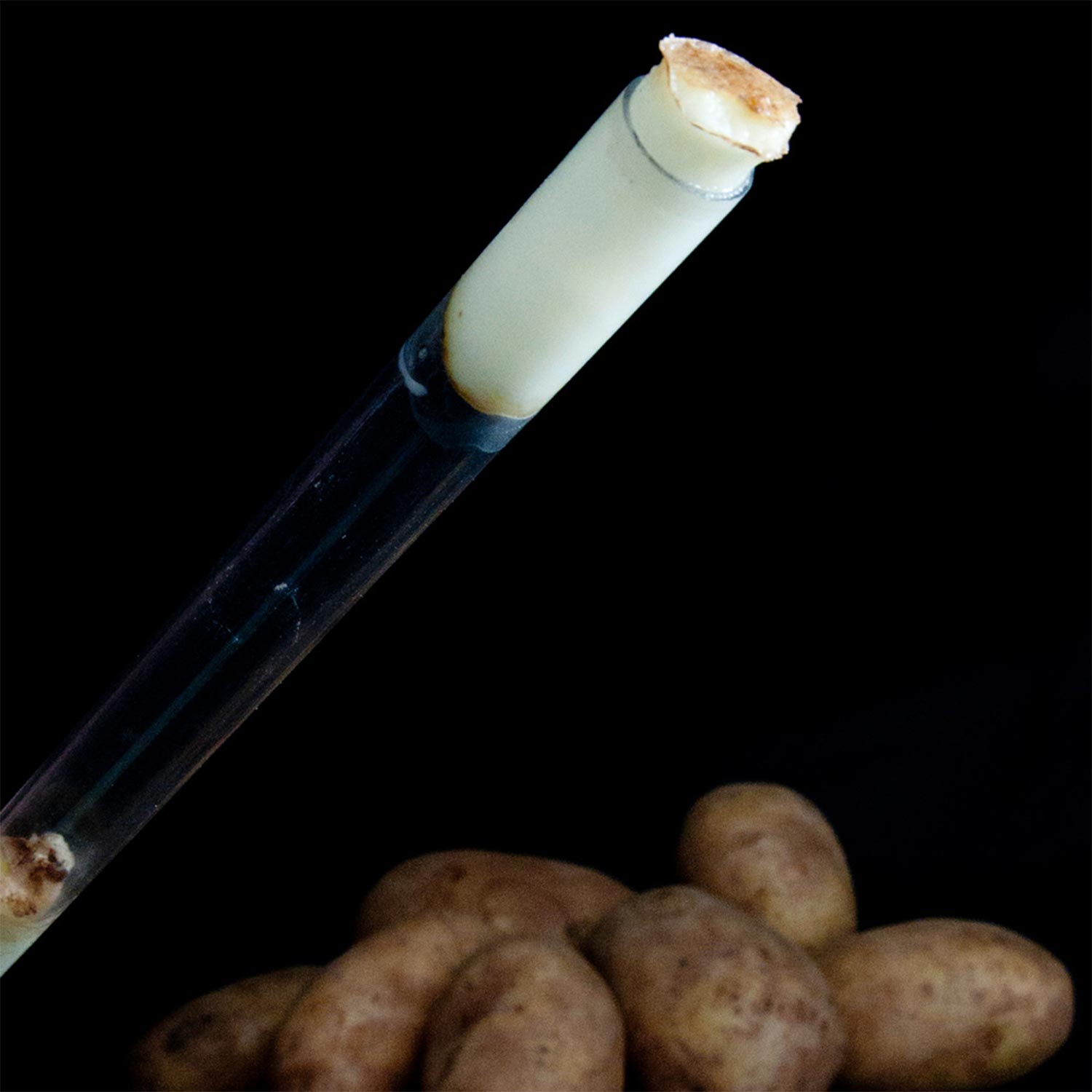
Pascale Shafer –
I’ve been using the atomic worms for years to entertain my children and in the classroom . It has always been a Great Hit with the kids and even the parents!! I also have purchase the Vampire Veins and the Dry Ice Bubble- Thanks for making Science educational and Lots of FUN!!!
(0) (0) Watch Unwatch
Question
Jennifer Burgard –
I am a kinder teacher for CFISD in Houston, Tx. I have a ton of the Atomic Worm Solution, but I need the Worm Activator. Is there any way to order 2 packets of your Worm Activator? Thank you for your time and consideration in t his matter. I look forward to your reply.
#ScienceRocks
(0) (0) Watch Unwatch
Staff lisabrooks –
Thanks for your inquiry, Jennifer. We sell the Worm Activator all by itself on our website. It’s $3.99 for a 60 gram bag of the activator. The item number is WORM-200. You can find it online searching by the item number or product name.
— Lisa
(0) (0)
Question
Rachel –
Could this be handed out at Halloween with an instruction card for children to play with independently?
(0) (0) Watch Unwatch
joshlittrell –
Rachel, Thanks for the question. Thank you for your e-mail. The Atomic String Slime Classroom is intended for either classroom or a home setting. We include an activity guide in every kit. It would be hard to separate the product per student for use. I would suggest completing the activity at one location and then letting the children bring home a sample of the final product. Joshua
(0) (0)